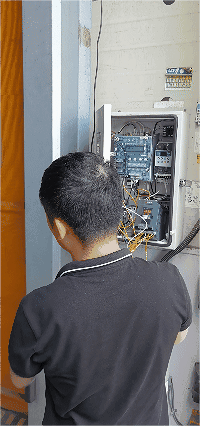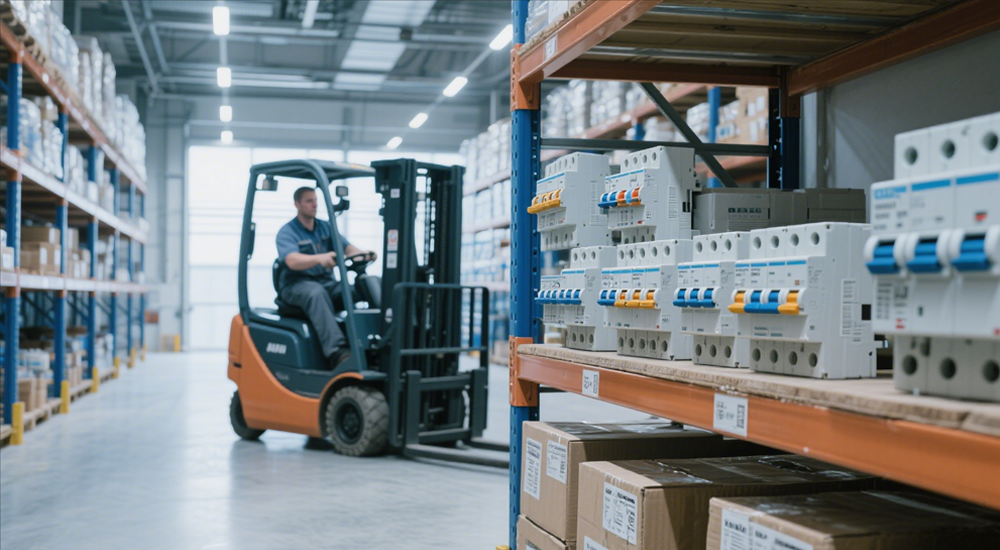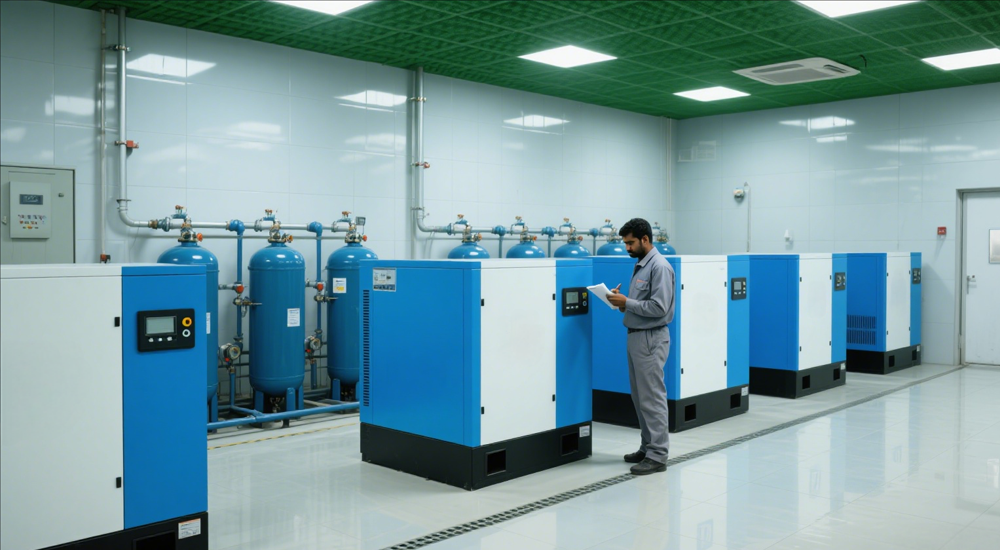- CN
- EN
#CASES ·2025-09-19
VINAC's Case Study:
Client Background
A leading Korean logistics company sought to upgrade its warehouse automation infrastructure by implementing high-performance automatic roll-up door systems. The project required controllers capable of integrating with existing IoT-enabled security systems, operating in extreme temperatures (-20°C to 50°C), and complying with South Korea’s stringent safety regulations (KS C 8201).
Key Challenges
Technical Compatibility: The client’s legacy control systems used proprietary communication protocols, risking integration failures with new IoT-based sensors and fire alarm systems.

Environmental Adaptation: High humidity and dust in warehouse environments caused premature motor wear and sensor malfunctions in previous installations
Local Support Gap: Limited availability of multilingual technicians in Seoul delayed troubleshooting during peak operational hours.
VINAC’s Solutions
Hybrid Controller Design
Developed a PLC-based controller with dual communication interfaces (Modbus RTU for legacy systems and MQTT for IoT sensors) to ensure seamless integration
.
Integrated license plate recognition and personnel access control modules, reducing manual intervention by 60%
.
Regulatory Compliance Assurance
Automatic door retraction upon detecting obstacles via infrared and laser sensors
Durability Optimization
Selected IP67-rated components (sealed bearings, anti-corrosion coatings) to withstand humidity and dust.
Upgraded motor drivers with closed-loop feedback systems to minimize torque fluctuations, extending motor lifespan by 40%
.
Localized Technical Ecosystem
Established a Seoul-based service hub with Korean-speaking engineers for 24/7 remote diagnostics and same-day part replacements (e.g., pressure-sensitive door edges).
Provided AR-based maintenance training using VINAC’s proprietary software, reducing onboarding time for client staff by 70%.
Results
Operational Efficiency: The new controllers reduced energy consumption by 25% through adaptive speed control and minimized downtime with predictive maintenance alerts.
Cost Savings: Bulk procurement of custom controllers and localized support cut project costs by 18% compared to European suppliers.
Conclusion
VINAC’s end-to-end approach—combining technical innovation, regulatory expertise, and regionalized service—enabled the Korean client to achieve a future-ready, compliant, and cost-effective automation solution. This case highlights the critical role of localized engineering partnerships in overcoming cross-border procurement challenges.

2023-01-09

2023-01-09

2023-01-09